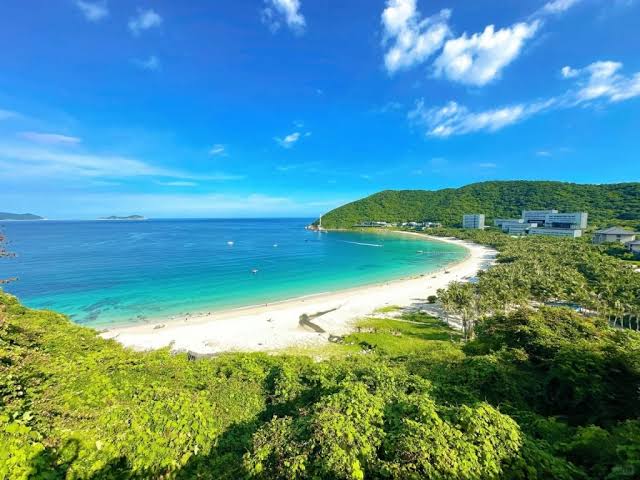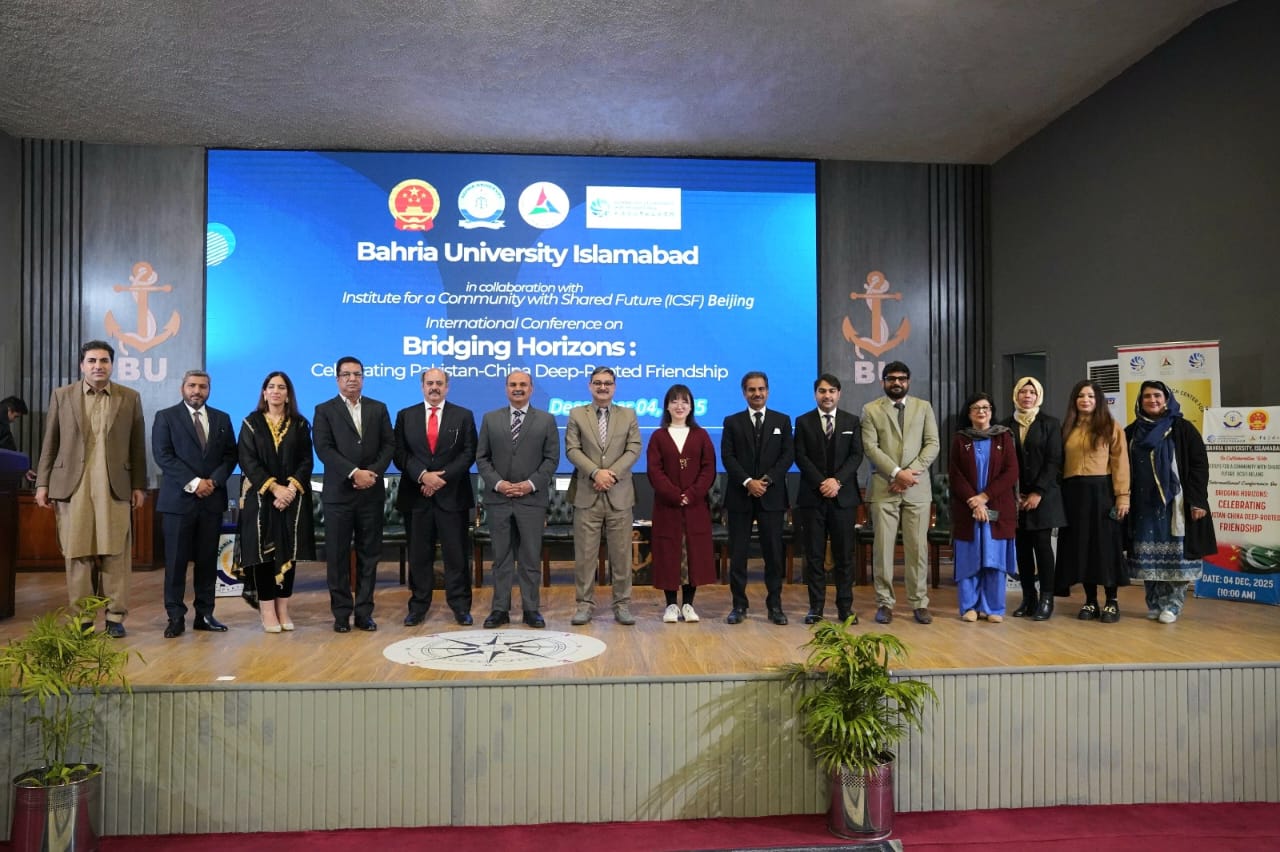In the dynamic landscape of global tourism, few destinations have evolved with the ambition, vision, and pace seen in China’s southernmost province — Hainan. Once regarded primarily as a domestic beach destination, the island is now strategically transforming itself into a world-class incubator of tourism innovation. At the heart of this transformation is Sanya, a city that combines natural beauty with policy experimentation, sustainability, and international outreach.
The recent convening of the Overseas Tour Operators Hainan Tour 2025 in Sanya brought together more than 700 international delegates, including tour operators, tourism experts, government officials, and global thought leaders. The event served as a timely reminder that tourism today is not just about destinations, but about the ecosystems that support experience, exchange, and innovation. Hainan, in this regard, has positioned itself not merely as a vacation hotspot, but as a living laboratory for future tourism
models.
Hainan’s Strategic Positioning in China’s Tourism Architecture
Hainan enjoys a unique geographic, political, and developmental status within China. Designated as a free trade port, the island serves as a bridge between domestic tourism priorities and international engagement under initiatives such as the Belt and Road Initiative (BRI). The province’s leadership, particularly under Governor Professor Liu Xiaoming, has consistently demonstrated a commitment to both economic openness and ecological
sustainability.
Unlike traditional island destinations that rely solely on scenic assets, Hainan has embarked on a multidimensional tourism strategy. It combines smart infrastructure, digital innovation, cultural diplomacy, and climate consciousness to redefine what a tropical island can offer the modern traveler. Tourism here is no longer a seasonal economic activity — it is a strategic industry aligned with China’s broader vision for green development and global cooperation.
The Sanya Model: Hospitality Meets Technology
Among Hainan’s cities, Sanya stands out as a microcosm of the province’s broader ambition. With its palm-fringed coastline, luxury resorts, and access to the South China Sea, Sanya rivals global competitors such as the Maldives, Bali, and Phuket. However, what elevates it beyond a leisure destination is its role in piloting new tourism policies and technologies.
A core area of focus is smart tourism. The integration of artificial intelligence, facial recognition for check-ins, contactless payments, real-time translation apps, and digitally curated travel itineraries illustrates Sanya’s intention to become a technology-first tourist ecosystem. Moreover, its efforts to harmonize high-end luxury with eco-conscious design underscore a growing recognition that future travelers seek not only comfort, but also responsible experiences.
Equally notable is the city’s cultural fusion approach. Efforts are underway to preserve Hainanese traditions — including local crafts, cuisine, and festivals — while making them accessible and appealing to global audiences. This blend of cultural authenticity with global hospitality standards has begun to shape Sanya’s brand identity as not just a Chinese city, but a cosmopolitan destination on the global tourism map.
Youth Tourism: A Sustainable Market of the Future
One of the most forward-thinking discussions held during the Hainan Tour 2025 centered around the emergence of youth tourism as a powerful, sustainable market segment. With over 60% of the global population under the age of 35, the tourism industry is increasingly shaped by digitally native, socially aware, and experience-driven young travelers.
In Hainan’s context, the inclusion of digital platforms, influencer marketing strategies, and social media storytelling has been identified as essential for capturing the interest of younger generations. The youth demographic, unlike traditional tourists, values immersive experiences, unique narratives, and digital shareability. They are not only travelers but travel ambassadors — shaping family decisions, peer interests, and global trends.
This recognition was echoed by Governor Liu Xiaoming, who acknowledged the importance of tailoring Hainan’s tourism outreach to diverse age groups and behavior segments. His support for enhancing youth tourism reflects a broader understanding that sustainability in tourism is not just about environmental impact, but also about intergenerational engagement and adaptability.
Belt and Road and the Soft Power of Tourism
Hainan’s efforts are also in alignment with China’s broader diplomatic and development frameworks — notably the Belt and Road Initiative (BRI) and the Global Civilization Initiative (GCI). Tourism, often considered a soft power tool, is now a strategic vehicle for people-to-people connectivity, regional collaboration, and economic diplomacy.
In this context, deeper engagement between Hainan and countries such as Pakistan offers significant promise. Both regions boast ancient cultures, breathtaking landscapes, and youthful populations. A future roadmap could include bilateral tourism exchange agreements, joint cultural festivals, student-led tourism fellowships, and province-to-province cooperation in hospitality innovation and green investment.
Such collaborations could also benefit from proposals like the establishment of a “Friends of Hainan” Global Tourism Club, aimed at building a global network of supporters, influencers, and advocates of Hainan tourism. Another proposal gaining traction is the hosting of a Governor’s Forum on Island Tourism, bringing together provincial leaders from renowned island destinations to exchange best practices, co-create policy tools, and unlock new markets.
From Vision to Reality
What makes Hainan’s tourism transformation noteworthy is not just the scale of investment or international attention, but the clear policy alignment between central goals and local execution. It is this clarity of purpose — supported by data, global feedback, and openness to reform — that allows Hainan to serve as an incubator for both domestic and international tourism innovations.
As climate risks, geopolitical shifts, and digital transformations reshape the tourism landscape, destinations that act with foresight and flexibility will lead the future. Hainan, through its model of digital tourism, cultural diplomacy, youth inclusion, and ecological responsibility, stands poised to be one such leader.
In an era where travel is as much about meaning as it is about mobility, Hainan offers more than a getaway — it offers a glimpse into how destinations can be platforms for global cooperation and sustainable growth.
Mr. Qaiser Nawab, a global peace activist, is a distinguished international expert specializing in the Belt and Road Initiative (BRI), Afghanistan, Central Asia and founder of the Belt and Road Initiative for Sustainable Development (BRISD), a newly established global think-tank headquartered in Islamabad, in conjunction with the one-decade celebration of BRI.














